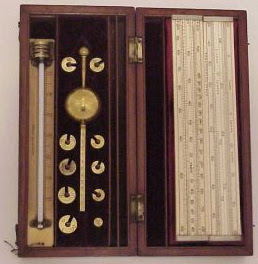



An extraordinary artist. Link…
A collection of things I find that interest me.















 Board of Trade Tape - The Waterguard used a special tape, made by Rabone Chesterman Ltd. and supplied by the Board of Trade.
Board of Trade Tape - The Waterguard used a special tape, made by Rabone Chesterman Ltd. and supplied by the Board of Trade. Extending Rummage Mirror - Extending from about 1 foot to about 3 feet with the mirror mounted on a short 'ball and socket' arm, this was official issue to all APOs on rummage duties in the 1960/70's.
Extending Rummage Mirror - Extending from about 1 foot to about 3 feet with the mirror mounted on a short 'ball and socket' arm, this was official issue to all APOs on rummage duties in the 1960/70's. Shuftyscope - It was used by officers on rummage duties to see into confined, enclosed spaces. It had a light source powered by batteries and a lense mounted at the end of a 20mm diameter tube. The eye piece could be focused by a knurled ring mounted close to the handle.
Shuftyscope - It was used by officers on rummage duties to see into confined, enclosed spaces. It had a light source powered by batteries and a lense mounted at the end of a 20mm diameter tube. The eye piece could be focused by a knurled ring mounted close to the handle. Sykes Hydrometer - This used by Waterguard Officers to assess the alcoholic strength of any liquor presented, or detected, during passenger or crew baggage examination. Some spirits, such as rum, had the indicated strength reduced to compensate for any colouring or sweetening held in solution in the liquid. This was calculated in degrees of Obscuration.
Sykes Hydrometer - This used by Waterguard Officers to assess the alcoholic strength of any liquor presented, or detected, during passenger or crew baggage examination. Some spirits, such as rum, had the indicated strength reduced to compensate for any colouring or sweetening held in solution in the liquid. This was calculated in degrees of Obscuration. Tuckstick - The tuckstick, or sword cane, was used from the 19th century onwards as a rummage tool to prod cargo in order to locate contraband goods.
Tuckstick - The tuckstick, or sword cane, was used from the 19th century onwards as a rummage tool to prod cargo in order to locate contraband goods.









